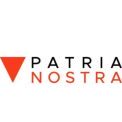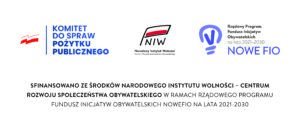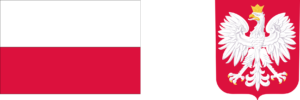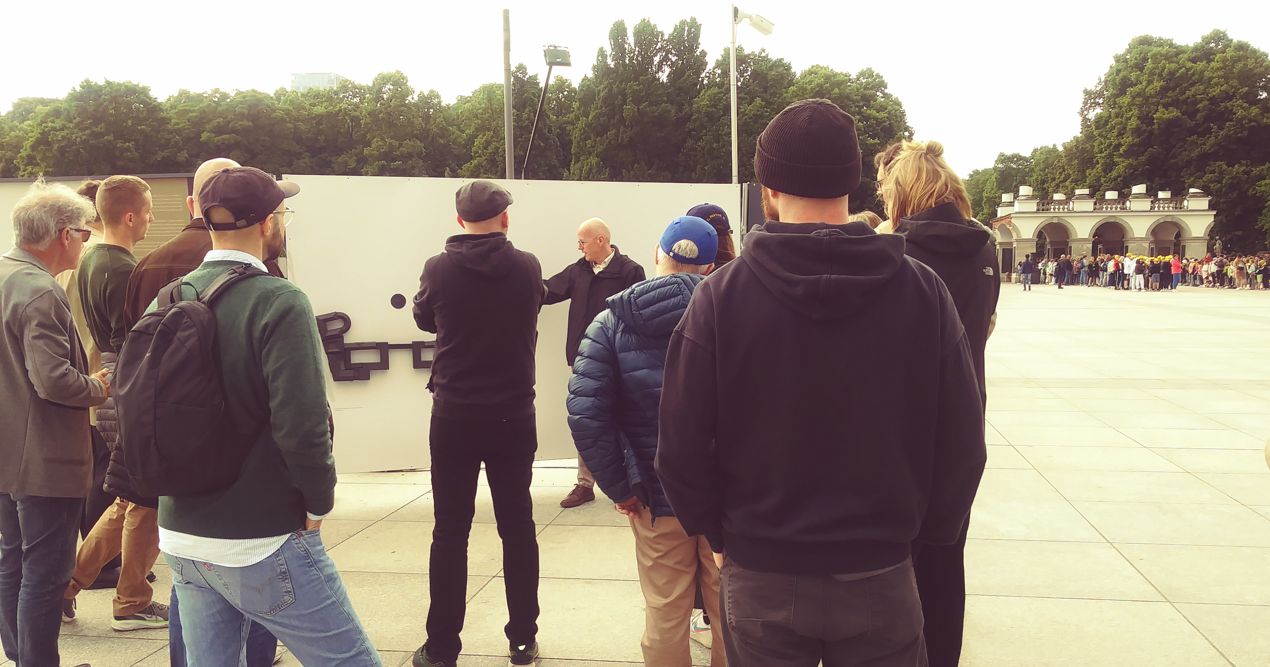

The Patria Nostra Association has started the implementation of the project “Who was the executioner and who was the victim?”, financed by NIW CRSO under the NEW FIO program. The main goal and motivation behind its implementation is the need to develop the activities of the Patria Nostra Association in the fight for the good name of Poland and Poles, mainly by combating false statements regarding “Polish extermination camps” and the alleged complicity of Poles in the Holocaust.
In principle, our project is an unusual, interesting “living history lesson” on the participation and role of Poles in World War II, addressed especially to young people, and satisfying a very important need, namely the need for historical truth.
Therefore, on June 12-16, we invited a group of scientists (Prof. Stephan Lehnstaedt, Dr. Peter Klein) and students – master’s students in Holocaust Studies from Berlin’s Touro University (project partner) to Poland. A total of 18 people. The program was very intense, but our guests were so interested in the subject that they did not mind walking several kilometers every day, practically from morning to evening.
On the first day there was time to get to know each other, integrate and explore the immediate area. In the evening, we received an invitation to TVP World, where two participants of the study visit (Prof. Lehnstaedt and Furkan Aydemir) talked about our cooperation, project activities and how Germans (including young Germans) see the problem of individual compensation claims for crimes of II world war.
The material can be viewed here:
On the second day (Tuesday), after breakfast, we went to the Palmiry Memorial Museum. This facility commemorates the victims of mass executions carried out by the Germans during World War II in the Kampinos Forest, which began in December 1939. It was an introduction to large-scale executions of intelligence as part of the AB operation. The professions and status of the victims were different – politicians, writers, athletes, but also locksmiths, plumbers and tram drivers. They had one thing in common – they were patriots, shot because of their underground activities and support for the Underground State. During the secret mass murders, among others, he died. Marshal of the Sejm of the Second Polish Republic Maciej Rataj, senator Halina Jaroszewicz, vice-president of Warsaw Jan Pohorski and Olympian Janusz Kusociński.
After returning from Palmiry, we planned a visit to the Jewish Historical Institute, whose mission is to disseminate knowledge about the heritage of the thousand-year presence of Jews on Polish lands, through, among others, presentation of collections as part of temporary exhibitions and various artistic events, scientific conferences, popular science meetings, as well as educational and publishing activities. At the Jewish Historical Institute, we visited the exhibition “What We Could Not Shout to the World”, where we saw the largest and most valuable collection of sources documenting the Holocaust in the world. The archive is one of 17 monuments from Poland included in the UNESCO “Memory of the World” World Heritage List.
For master’s students in Holocaust Studies, it is a very important and informative place. All the more so because the Institute’s collection consists of seven million pages of various documents, and their most important part is the above-mentioned Warsaw Underground Ghetto Archive, also known as the Ringelblum Archive. A special task of the Jewish Historical Institute is also the development of genealogical activities. For many people from all over the world looking for their roots, the Institute’s archives and the experience and knowledge of our employees are invaluable help. There is also the largest collection of works of art in Poland (over 15,000). These include works by artists of Jewish origin, as well as rich collections of artistic crafts and Judaica.
It is worth mentioning that on the way to the Jewish Historical Institute we also visited the Tomb of the Unknown Soldier, where we had time for a moment of reflection and watched the changing of the guard. Then the road led through the beautiful Saxon Garden.
We arrived at the hotel only in the evening, and before us was the prospect of another very intense day, rich in impressions










